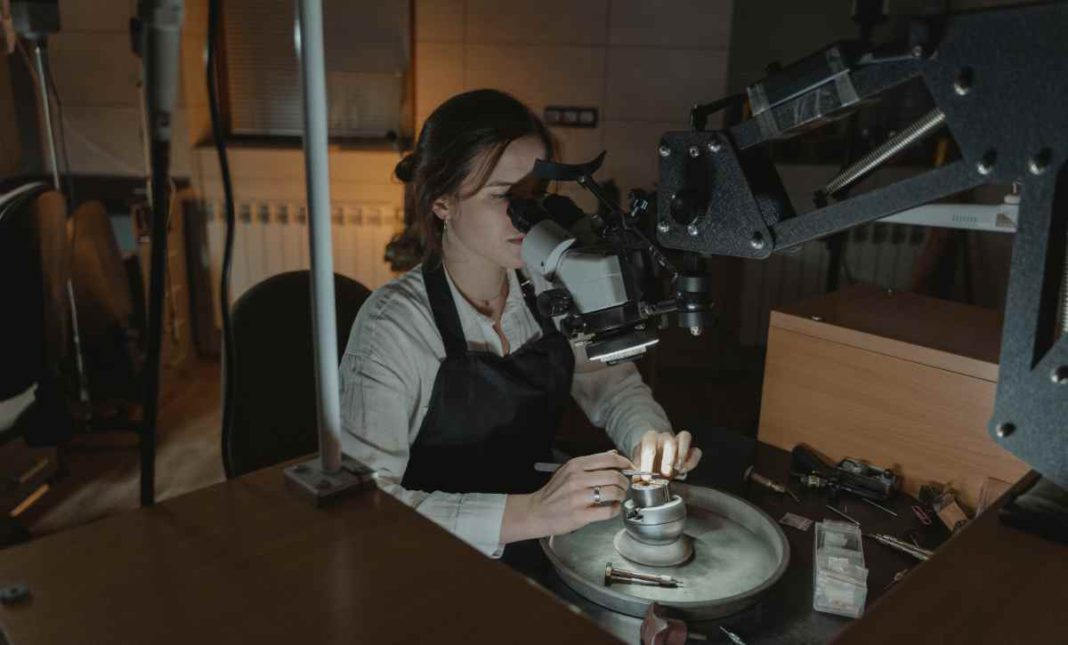UNITED STATES: A group of researchers from Texas A&M University and Sandia National Laboratories have made an astounding discovery: metals have a built-in capacity to cure themselves. Metal fragments have been shown to break, then fuse back together on their own.
This discovery has the potential to revolutionize engineering, opening the door to self-healing engines, bridges, and aircraft that can repair wear-and-tear damage, greatly boosting the durability and safety of infrastructure.
The research team published their remarkable findings in the prestigious scientific journal Nature, which effectively challenges long-held scientific theories and opens new possibilities in materials science.
Brad Boyce, a prominent materials scientist at Sandia, expressed his excitement about the discovery, stating, “What we have confirmed is that metals have their own intrinsic, natural ability to heal themselves, at least in the case of fatigue damage at the nanoscale.”
Fatigue damage, resulting from repeated stress or motion, often leads to the formation of microscopic cracks that progressively grow and spread, ultimately causing mechanical failures.
For decades, engineers have grappled with the economic consequences of these failures, ranging from replacement costs to lost time and even tragic injuries or loss of life. In the United States alone, the economic impact of such failures has been staggering, amounting to hundreds of billions of dollars annually.
Until now, the concept of self-healing metals has remained confined to the realm of science fiction. Cracks in metals were assumed to enlarge over time, not reverse and heal.
In fact, the fundamental equations used to describe crack growth in metals did not account for the possibility of healing processes, making this recent discovery all the more astonishing.
The accidental revelation occurred at the Center for Integrated Nanotechnologies, a Department of Energy user facility jointly operated by Sandia and Los Alamos National Laboratories. The researchers were conducting an experiment to evaluate crack formation and propagation in a nanoscale piece of platinum.
Approximately 40 minutes into the experiment, to their amazement, the damage unexpectedly reversed, and one end of the crack fused back together, leaving no trace of the former injury.
Michael Demkowicz, a professor at Texas A&M, had speculated on this phenomenon years earlier using computer simulations. When he learned of the experiment’s results, he recreated them on a computer model, confirming that the observed phenomenon aligned perfectly with his theory.
Despite this groundbreaking achievement, much about the self-healing process remains shrouded in mystery. One of the outstanding questions is whether this phenomenon can be induced in conventional metals under normal atmospheric conditions.
The initial observation took place in nanocrystalline metals in a vacuum, leaving scientists eager to explore its viability in real-world applications.
As the research progresses, the implications for the engineering world are immense. If harnessed effectively, self-healing metals could usher in a new era of infrastructure design and construction.
Structures such as bridges, airplanes, and engines could become significantly safer and more durable, reducing maintenance costs and downtime. This discovery has already sparked enthusiasm among materials researchers, inspiring them to explore the unexpected capabilities of various materials.
Also Read: NASA Perseverance Rover Uncovers Potential Building Blocks of Life on Mars



